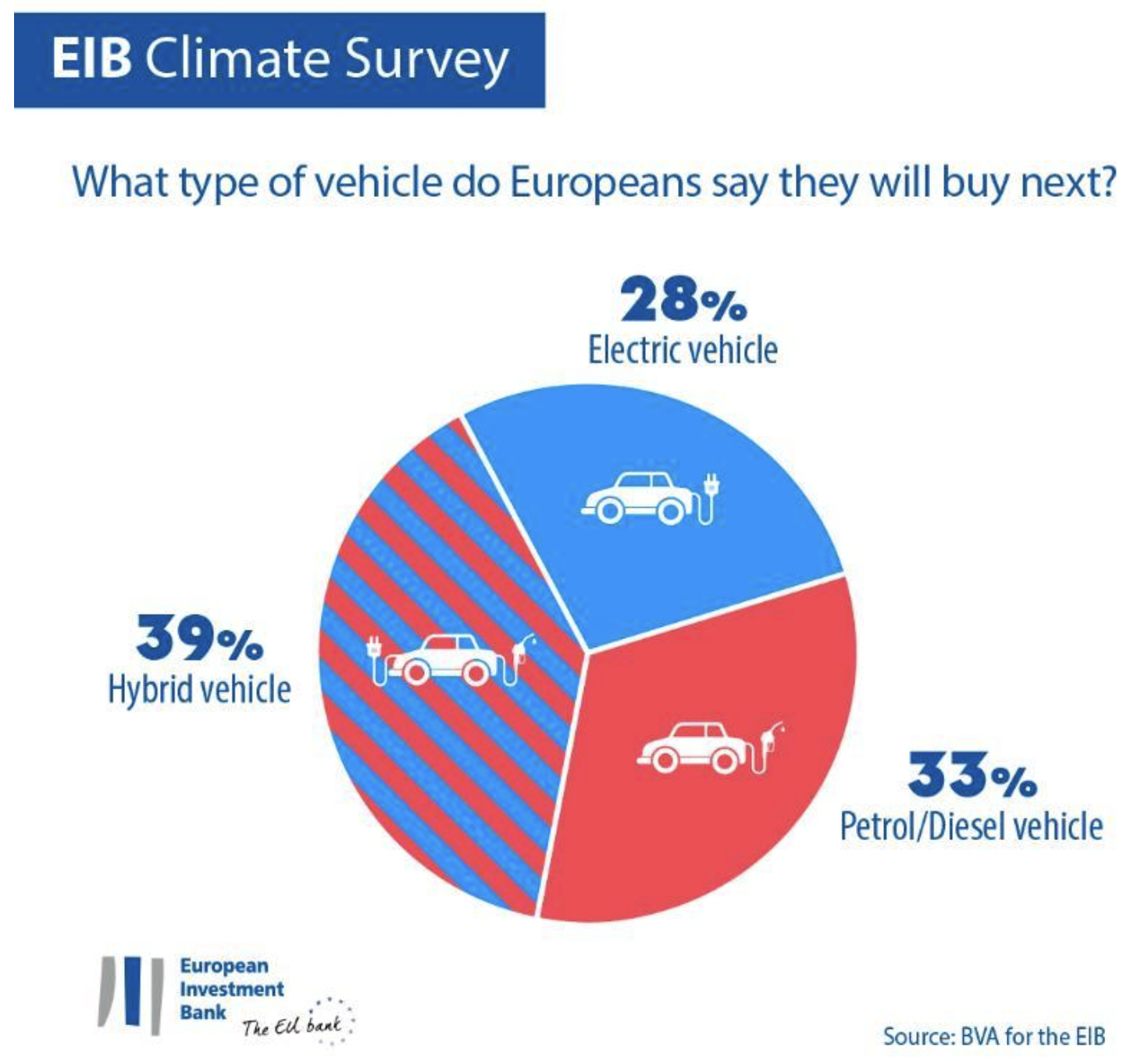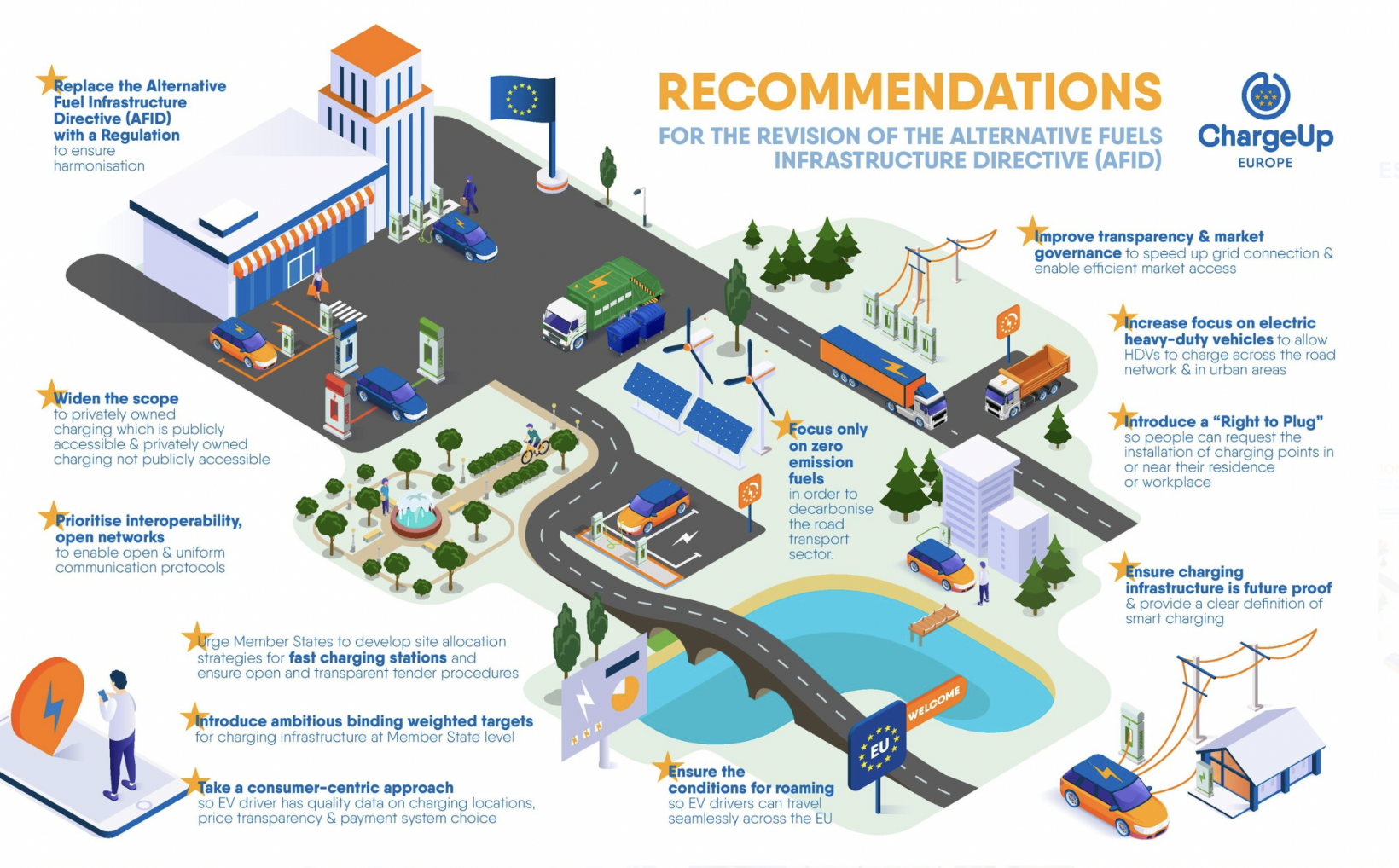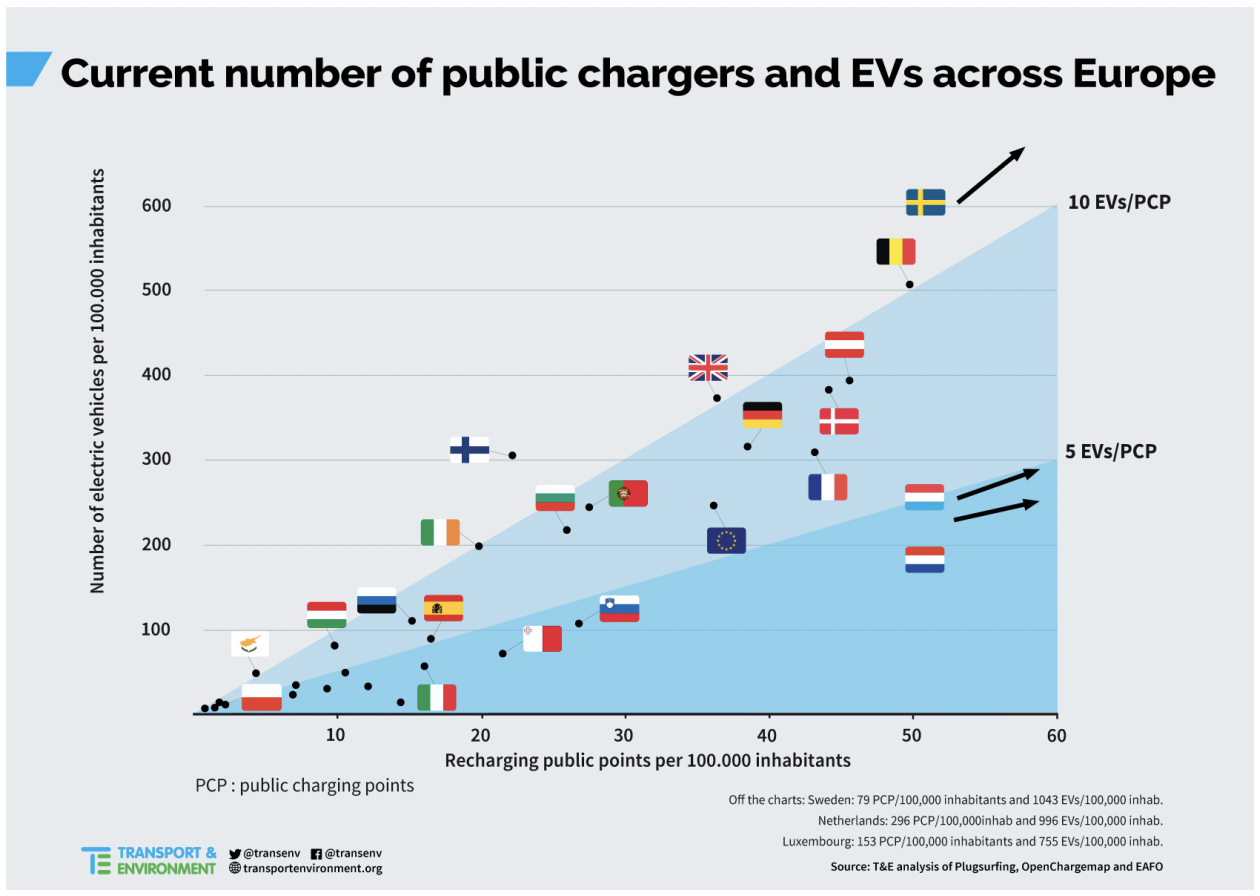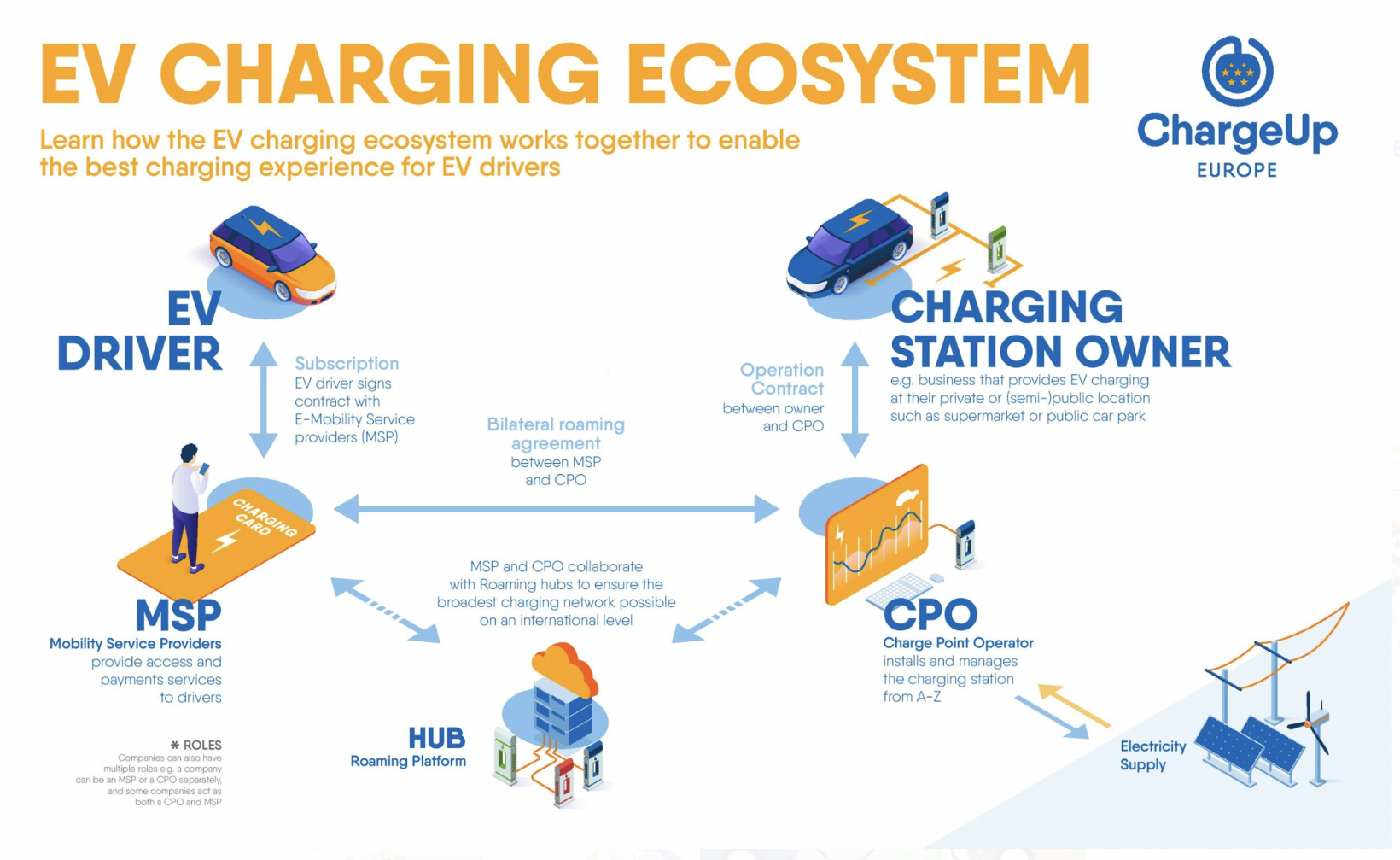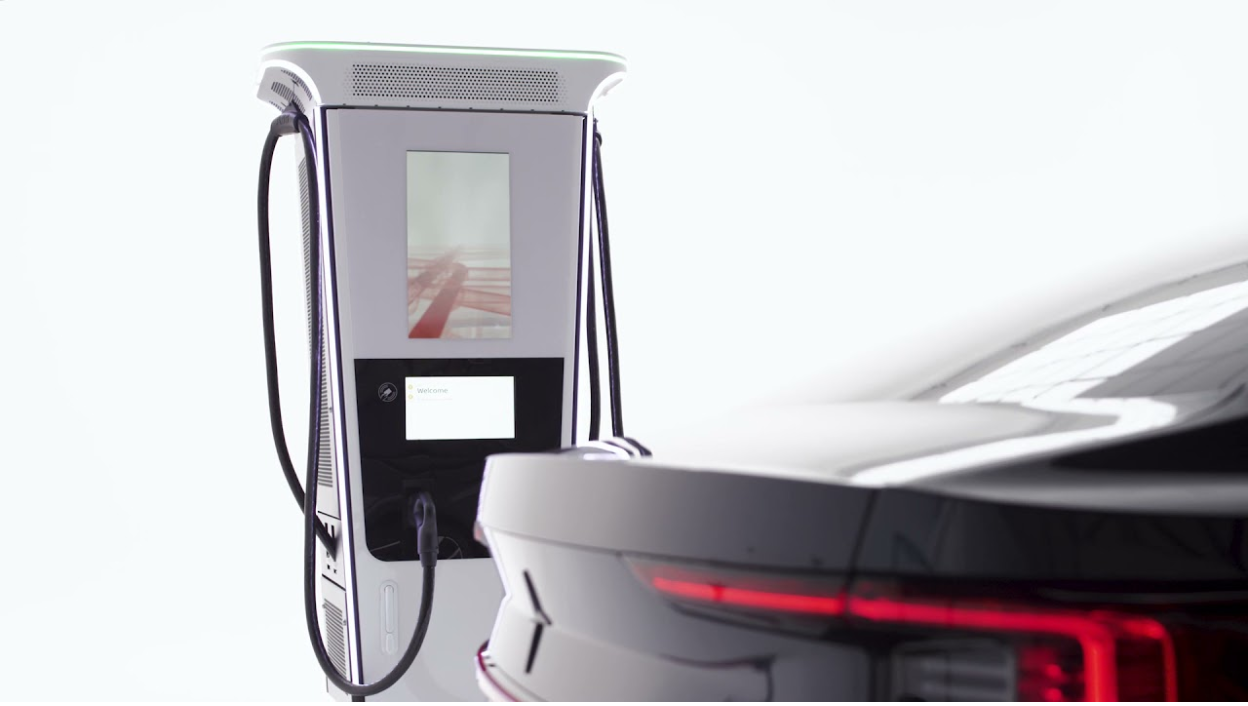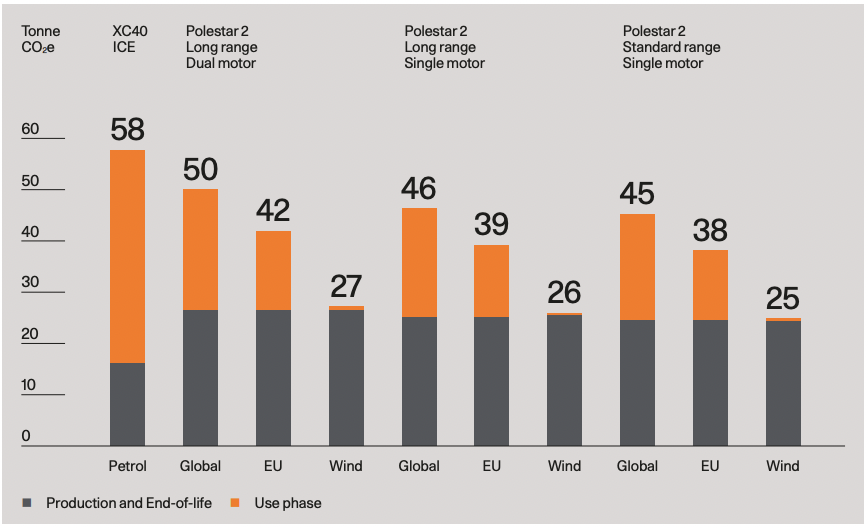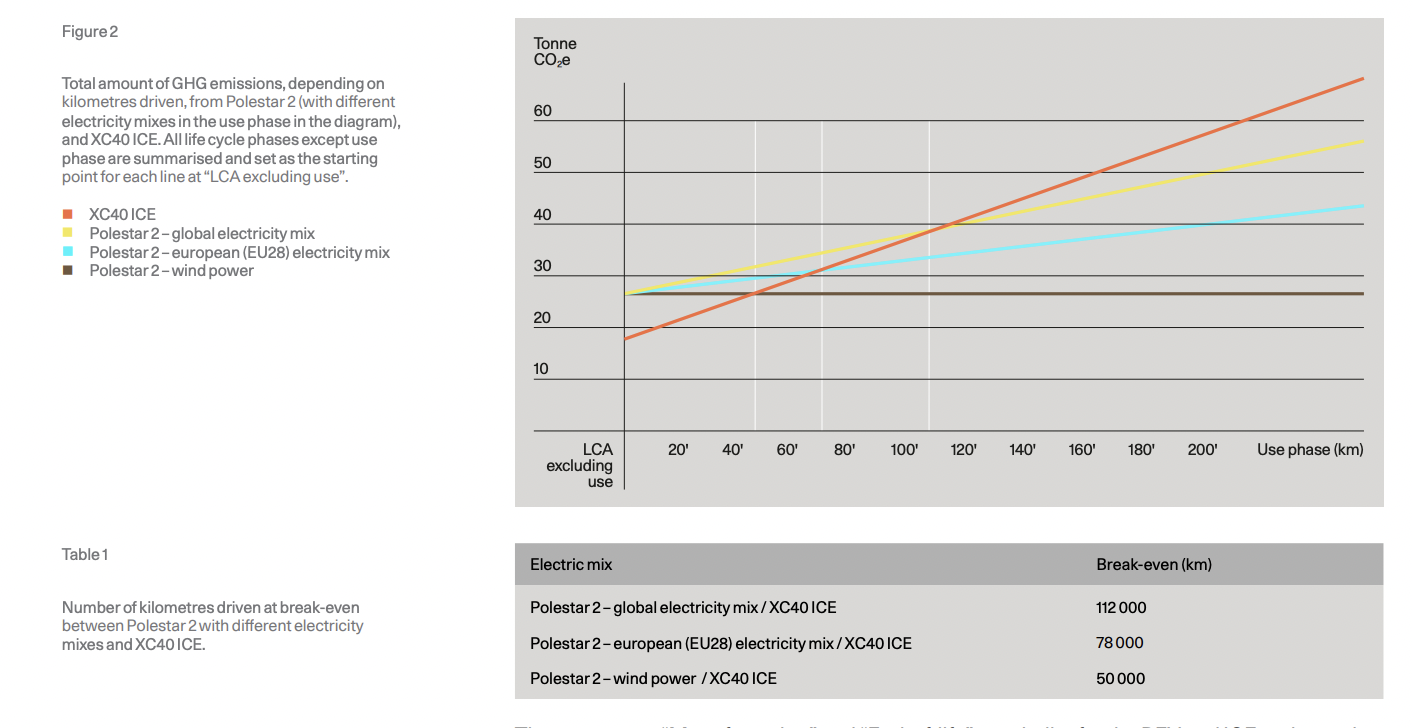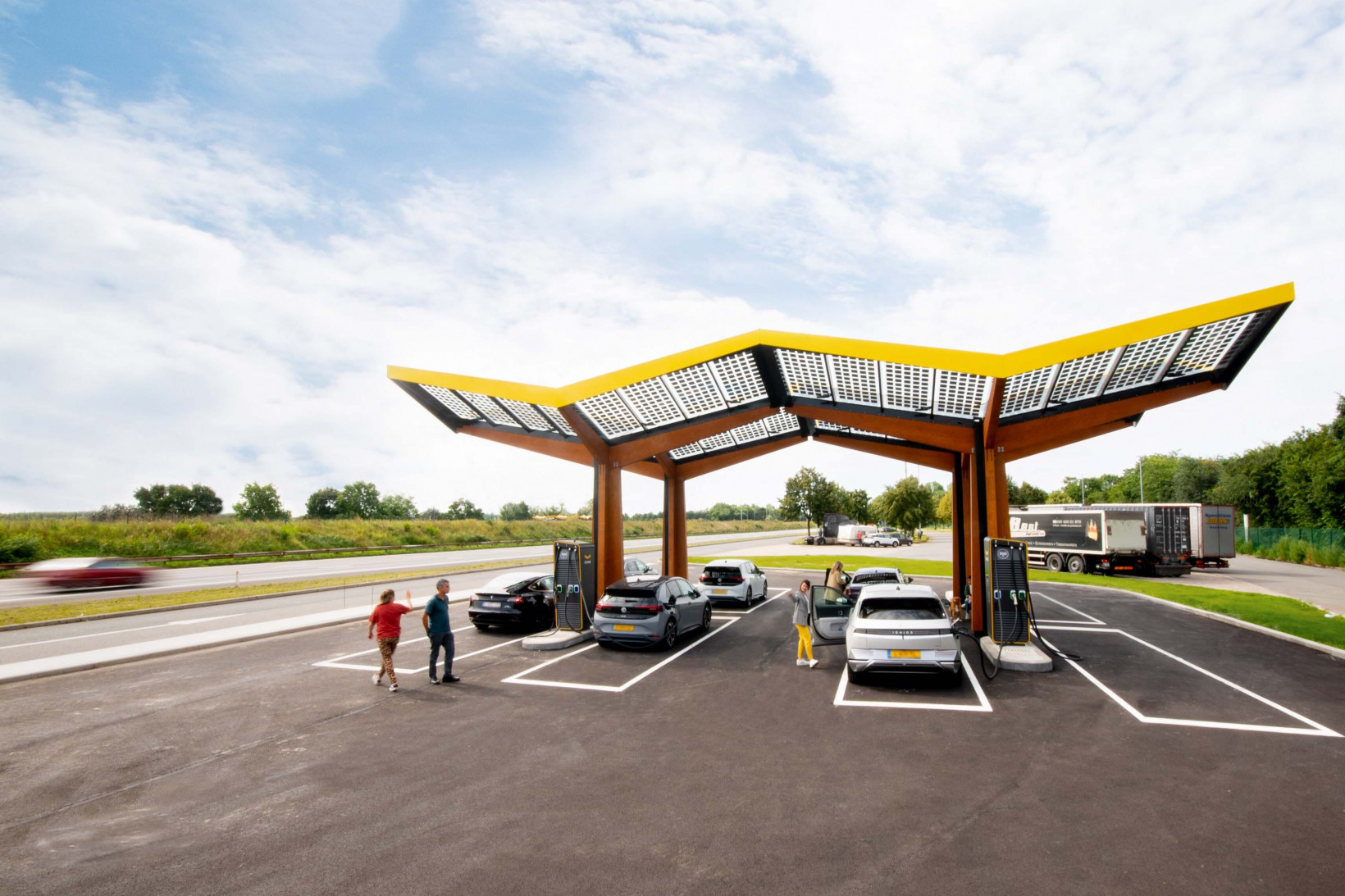While ambitious, this does seem like an achievable goal. In a recent survey carried out by the European Invest Bank, over two-thirds of Europeans say they will opt for a hybrid or electric vehicle for their next car. This is great, obviously, but all of these cars will have to be charged somewhere. At the moment, the main concerns for people considering the purchase of an EV are still the lack of (fast) charging infrastructure and range anxiety. These are legitimate concerns, as public charging infrastructure access throughout Europe remains very much lopsided. Only three European countries — Germany, The Netherlands, and France — account for 70% of public charging points across the Union. The big question is how to fix this unequal distribution, and how to do it in an equitable and sustainable manner. The answer ‘just throw money at building more chargers’ might seem obvious, but the solution turns out to be a little more complicated. TNW spoke with experts from ChargeUp Europe, an alliance of charging point operators in Europe, and EV manufacturer, Polestar, to find out more.
What Europe wants
According to a 2021 EU report about charging infrastructure, “[the] ultimate policy objective is to make electric vehicle charging as easy as filling a conventional vehicle tank, so that electric vehicles can travel without difficulty right across the EU.” The same report states that Europe’s Sustainable and Smart Mobility Strategy identified the need for 3 million public charging points by 2030, with 1 million installed by 2025. This breaks down to around 3,000 public charging points every week until then (and this might be quite a large underestimation). Cross-industry research conducted by McKinsey for the European Automobile Manufacturers’ Association (ACEA) found that 6.8 million public charging points will need to be installed by 2030 to reach the desired 55% reduction in vehicle CO2 reduction. According to their calculation, The EU report notes that achieving this electric utopia is a chicken-and-egg problem. Electric charging infrastructure build-out follows EV sales, and EV sales are slowed down by lack of charging infrastructure. This is echoed by Aaron Fishbone, Communications Chair at ChargeUP Europe, an industry group representing various stakeholders in the charging infrastructure industry. “Chargers follow vehicles hand in hand, but if those vehicles are not coming to market, then there’s no utilization on those chargers, which means that those charging stations are not generating revenue.” ChargeUP Europe proposes a number of policy suggestions to try to overcome this conundrum.
A directive does not legislation make
First of all, charging point rollout is currently governed by a non-binding directive instead of an EU-wide regulation — “and because it is a directive, every country gets to choose how it wants to do this, resulting in a non-harmonized approach,” Fishbone says. The directive is currently being revised for the European Green Deal, which would result in actual European regulation for the rollout, but there are still a bunch of issues to deal with before this regulation is passed. Publicly accessible charging infrastructure is largely managed by private companies that build and maintain the chargers. Because there is no central planning, these companies have to individually find new places for chargers, go through the process of applying for permits, and then hope grid operators have time to install new connections — a process that can take years and lead to rejection. Red tape is needlessly slowing down the rollout, Fishbone says, even though grid capacity is hardly ever an issue.
Charging frustrations
Consumer-friendliness is another issue that the industry faces due to lack of regulation. While the European directive was successful in establishing standardized charging ports, the bigger question on interoperability is not the physical connection. Different charging points require different apps or subscriptions for charging, and do not inter-communicate about things like charger availability and billing.
Source: ChargeUp Europe “If you’d go from the south of Sweden to the north of Sweden, you need to download four different apps,” Anna Svensson tells TNW. Svensson is Strategy and Business Developer at Polestar, and is intimately involved with how the company tries to make their customer’s lives easier. By offering Polestar drivers a card that works at different charging operators, some of this pain is relieved. But Svensson admits there’s still a long way to go, largely because operators don’t always share data.
One charger + one charger ≠ two chargers
Another big issue is the charging speed. It takes a while to charge electric vehicles, especially for longer trips. At the moment, the EU directive is focused on the number of public charging stations per number of EV or per number of kilometers. But having a 50KW charger every 100 kilometers is a completely different story than having faster 175KW chargers. This is a little wonky, but ChargeUp Europe is trying to get the new legislation to change the way it measures EV charging targets for two reasons. First, (because of the reason mentioned above) a slow charger should count for less than a fast one. And second, because it gives more granular control over where investments in charging infrastructure should go. By setting targets based on the number of kilowatts of charging capacity available per EV, instead of the number of chargers, more investment would ultimately go to areas that are currently underserved, such as Southern and Eastern Europe.
But is it green?
But, it’s important to note that not all charging points are created equal. Green electricity (produced with alternative energy) will have a much greater impact on reducing emissions than electricity produced with fossil fuels. Rather than simply pushing for more charging points, policymakers need to push for more green energy options when building out Europe’s charging infrastructure. To raise awareness of this point amongst both policymakers and consumers, in Polestar’s 2020 and 2021 Life Cycle Assessment Reports, the company included research demonstrating the emissions cost of each of their vehicles throughout production and use based on the type of energy being used to charge the vehicle. As is highlighted in their research, using clean, wind energy to charge EVs will lead to significantly lower emissions costs. Polestar also calculated how long it would take to “break even,” or offset the cost of emissions during the production and manufacturing phases. While EVs cost more emissions to produce than ICE vehicles, their overall carbon footprint is significantly lower. As you can see here, when using an electricity mix it will take 78,000 km for their EV to break even. But, when using green, wind-based energy, it only takes 50,000 km. The company is now working on what they call the ‘Polestar 0 project’ aimed at producing a completely carbon neutral car by 2030.
The future of charging
One of the biggest issues at the moment is that Europe still isn’t producing enough green energy to meet demand. But policymakers are discussing potential options. For example, smart charging, in which charging is balanced based on grid capacity, price, and availability of (clean) energy, is one possible option. But this still requires a lot of work on open standards and interoperability. Mainly, will EVs currently on the market be compatible with these systems? Polestar put their Polestar 2 through an independent test lab to ensure it was compatible with smart charging. Another open standard being discussed is called Plug and Charge, which would do away with a lot of the consumer-friendliness issues. Under this standard, billing information would be stored in the vehicle itself, rather than in an app or on a key fob, and passed on to the charging point when plugged in. Of course, this raises a whole host of privacy and security issues which still need to be adequately resolved and standardized. While it will take time to build out the infrastructure and energy capture needed to meet demand, there are some things charging point operators can do now to provide more green energy options. Some actively offer green energy by buying up renewable energy credits. Others, like FastNed, have solar panels installed on charging stations to generate their own clean electricity.
